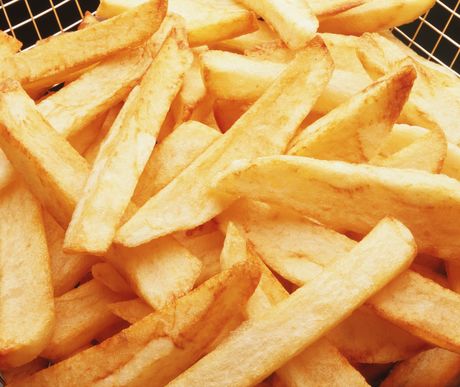Reducing cavitation and seal failure risks when pumping hot cooking oil
Monday, 14 March, 2016

Frying products like potato chips and snack foods etc demands a lot from the system responsible for pumping the hot oil. When fresh products are immersed in hot cooking oil during the frying process, water vapours are released from the product into the oil, changing its consistency and temperature. This temperature and liquid property transition requires the oil to be circulated through the fryer and a heat exchanger.
Obviously, at a temperature of 180°C or more, the cooking oil can’t be pumped using a standard centrifugal pump. Safety is a prime concern as any seal failure can result in 180°C-plus oil being let loose.
In addition to sealing issues there are several other technical challenges which need to be resolved in order to guarantee a reliable pump system. As fresh product passes through a fryer, water tends to travel along the bottom of the fryer in a liquid phase at 200°C, until it reaches the pump suction where the action of the impeller breaks up the water into smaller droplets that flash into steam. This entrained steam can impair the pump’s head and flow. This presence of steam doesn’t just cause damage to the pumps through the possibility of cavitation, the resulting turbulence and vibrations are also detrimental to the pumps’ performance.
Firstly, selecting the right pump is of vital importance. A cooking oil pump obviously has to cover the system curve, providing the lowest possible NPSHr (the minimum pressure required at the suction port of the pump to keep the pump from cavitating). This is why in practice cooking oil pumps generally work a little to the left of the best efficiency point (BEP).
Cornell Pumps has developed several technical innovations that reduce the chance of cavitation or other pump damage to practically zero:
- Anti-cavitation system — here a small amount of oil circulates back to the heart of the impeller through the vapour suppression line. The high-pressure jet into the impeller eye suppresses the vapour bubbles until they have passed through the pump.
- External balance system — this ensures that any build-up of debris around the shaft sealing is transported to the suction side of the pump to prevent damage to the mechanical seal. In addition, Cornell’s external balance line equalises pressure between the impeller hub area and the pump suction to reduce axial loading action on the impeller, shaft and bearings.
- 609S ‘O’ seat mechanical seal — as standard, Cornell uses a shaft sealing which is suitable for cooking oil temperatures of up to 200°C without the need to install external cooling systems.
- For extremely high temperatures there is the option to add a water-cooled mechanical seal that can withstand oil temperatures of up to 288°C.

Functional ingredients feature in new product releases
From gut-friendly snacks for pets and humans to sugar-free drinks, functional ingredients are...
Wineries get smart with sensors to prevent overspill
When every drop of wine counts, innovative tech solutions are available to help wineries protect...
Making sweet and salted popcorn with no changeovers
A popcorn manufacturer wanted to achieve three things from its new line: pack small 11 g bags at...













